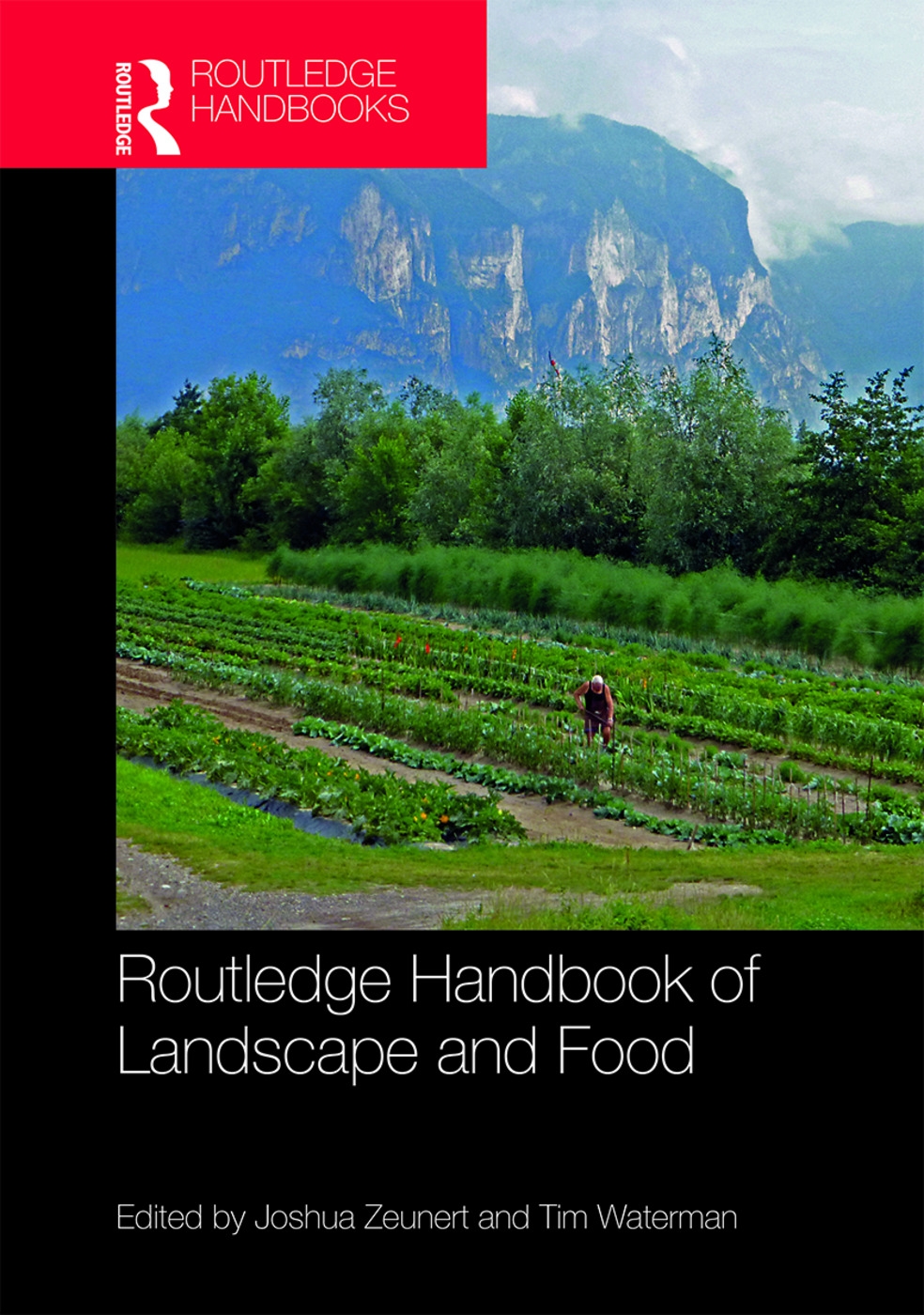Since the turn of the millennium, there has been a burgeoning interest in, and literature of, both landscape studies and food studies. Landscape describes places as relationships and processes. Landscapes create people’s identities and guide their actions and their preferences, while at the same time are shaped by the actions and forces of people. Food, as currency, medium, and sustenance, is a fundamental part of those landscape relationships.
This volume brings together over fifty contributors from around the world in forty profoundly interdisciplinary chapters. Chapter authors represent an astonishing range of disciplines, from agronomy, anthropology, archaeology, conservation, countryside management, cultural studies, ecology, ethics, geography, heritage studies, landscape architecture, landscape management and planning, literature, urban design and architecture. Both food studies and landscape studies defy comprehension from the perspective of a single discipline, and thus such a range is both necessary and enriching.
The Routledge Handbook of Landscape and Food is intended as a first-port-of-call for scholars and researchers seeking to undertake new work at the many intersections of landscape and food. Each chapter provides an authoritative overview, a broad range of pertinent readings and references, and seeks to identify areas where new research is needed—though these may also be identified in the many fertile areas in which subjects and chapters overlap within the book.












